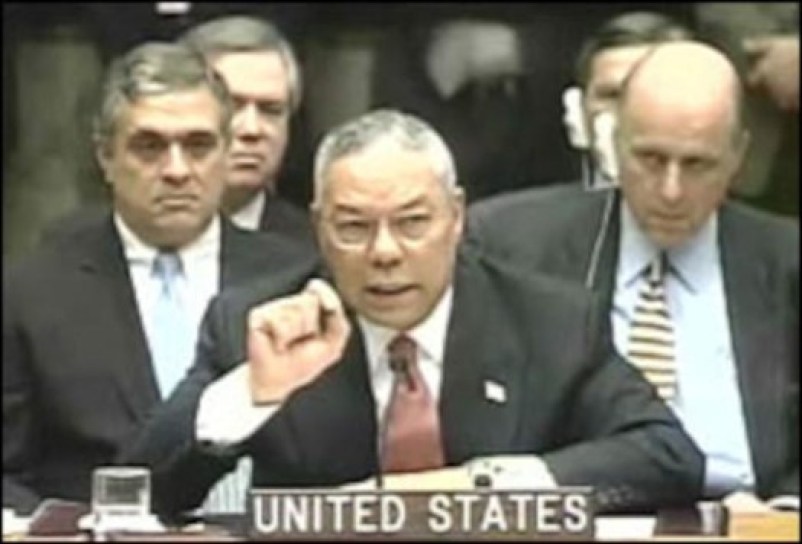“…Someone had blundered. Theirs not to make reply.
Theirs not to reason why. Theirs but to do and die…”
— Alfred Lord Tennyson, The Charge of the Light Brigade
August 30, this year, will mark the fourth anniversary of the ignominious U.S. withdrawal from Afghanistan. It is important to understand the truth of it. Few things in life are more certain than America will engage in future military conflicts. This certainty is born of history. In addition to several smaller engagements in places like Grenada in the post-World War II period, the nation fought in Asia (Korea and Vietnam), Europe (Bosnia), the Middle East (Iraq and Syria), Africa (Somalia and elsewhere), Central America (Panama) and, of course, Southwest Asia (Afghanistan), — this nation’s longest war. The most wrong-headed notion is that the military, supported by NATO allies, lost that protracted conflict, when in fact, one man is largely responsible.

The losing fight with the Taliban across more than two decades highlights four key mistakes made by a chief executive. Current and future presidents need to take note before or find themselves embroiled in yet another military confrontation: thinking of China and the Middle East. American soldiers do not select their adversaries. This is wholly a decision of the nation’s senior civilian leadership. I will be blunt. Too many lives have been lost to do otherwise. In Afghanistan and Iraq, the key errors were made by former President George W. Bush.
First, Bush’s strategy was fatally flawed — After winning the initial battles, and driving the Taliban out of Kabul, the decision to remain and attempt a wholesale reinvention of a centuries-old tribally based society into something approximating a Western liberal democracy was a doomed objective. Any competent cultural anthropologist could have called it. It was not feasible, suitable or acceptable — a violation of all three analytical tenets of strategy development. Moreover, no skilled senior military officer would ever consider a war-fighting plan that did not first identify well-defined and attainable objectives with an exit ramp.
Second, Bush made a horrible choice when deciding to conduct two wars simultaneously, Afghanistan and Iraq — No capable general officer would ever choose to engage in two major conflicts at once. This was a decision taken in the White House and was not the result of a Pentagon threat assessment. For reasons known only to Bush, the U.S. opened a second front in the perennially troubled Middle East, which resulted in starving the more important Afghan theater of needed resources. Saddam Hussein had nothing whatever to do with the despicable 9/11 attack and the promised weapons of mass destruction were never found.

Third, Bush did not request a declaration of war from Congress — In the fall of 2002, Congress passed a resolution that authorized Bush to use the armed forces ‘’as he determines to be necessary and appropriate.” That abdication of authority left all the key decisions to him. The last declaration of war marked the U.S. entry into World War II after the Japanese attack on Pearl Harbor. Ever since Congress has ceded this crucially important responsibility to consecutive chief executives, who have not done well with it.
Fourth, America lacked resolve — which the Taliban possessed in abundance. After all, they were fighting on their home turf. The North Vietnamese found themselves in a similar situation many years earlier, successfully waiting out their adversary — us. These two examples serve as proof that the best military in the world cannot rescue bad choices made by a sitting president. With this understanding, the war in Afghanistan was not lost on the battlefield, but in the Oval Office before the first shot was fired, also leaving a massive foreign policy quagmire behind for those chief executives who followed.
The Trump Administration recently bombed nuclear facilities in Iran, and had previously done so in Yemen as well. History teaches us that it’s easy to slide into war, but damned hard to get out of one once begun. Is history about to repeat itself once again?


Tennyson’s poem, quoted in part at the beginning of this piece, describes another headquarters “blunder” during the 19th century’s Crimean War. That quote seems tragically applicable regarding the decision to send the U.S. forces to Afghanistan, and then remain, burdened with bad strategy lacking an exit plan; an unnecessary conflict of choice in Iraq; no request for a congressional declaration of war; and a predictable lack of political resolve. For the soldiers who fought in Afghanistan, “Theirs but to do and die…”
—-
** This updated and revised piece first appeared in the Tampa Bay Times under a different title. Used with permission.

*** Editor’s Note: If you liked this article, you’d definitely want to check out Bob’s latest book: Surviving the United Nations – A True Story of Violence, Corruption, Betrayal, and Redemption.
It’s an eye-opening account of a Green Beret’s second career at the United Nations.
And don’t just take my word for it, here is what Publishers Weekly had to say:
“In his humanitarian and peacekeeping missions for the United Nations he dealt with child soldiers, blood diamonds, a double hostage-taking, an invasion by brutal guerrillas, an emergency aerial evacuation, a desperate hostage recovery mission, tribal gunfights, refugee camp violence, suicide bombings, and institutional corruption. His UN career brought him face to face with the best and worst of human nature, and he shares it all here.”
Click the link above to pick up your copy from Amazon today. You’ll find it every bit as riveting as the author himself. – GDM

